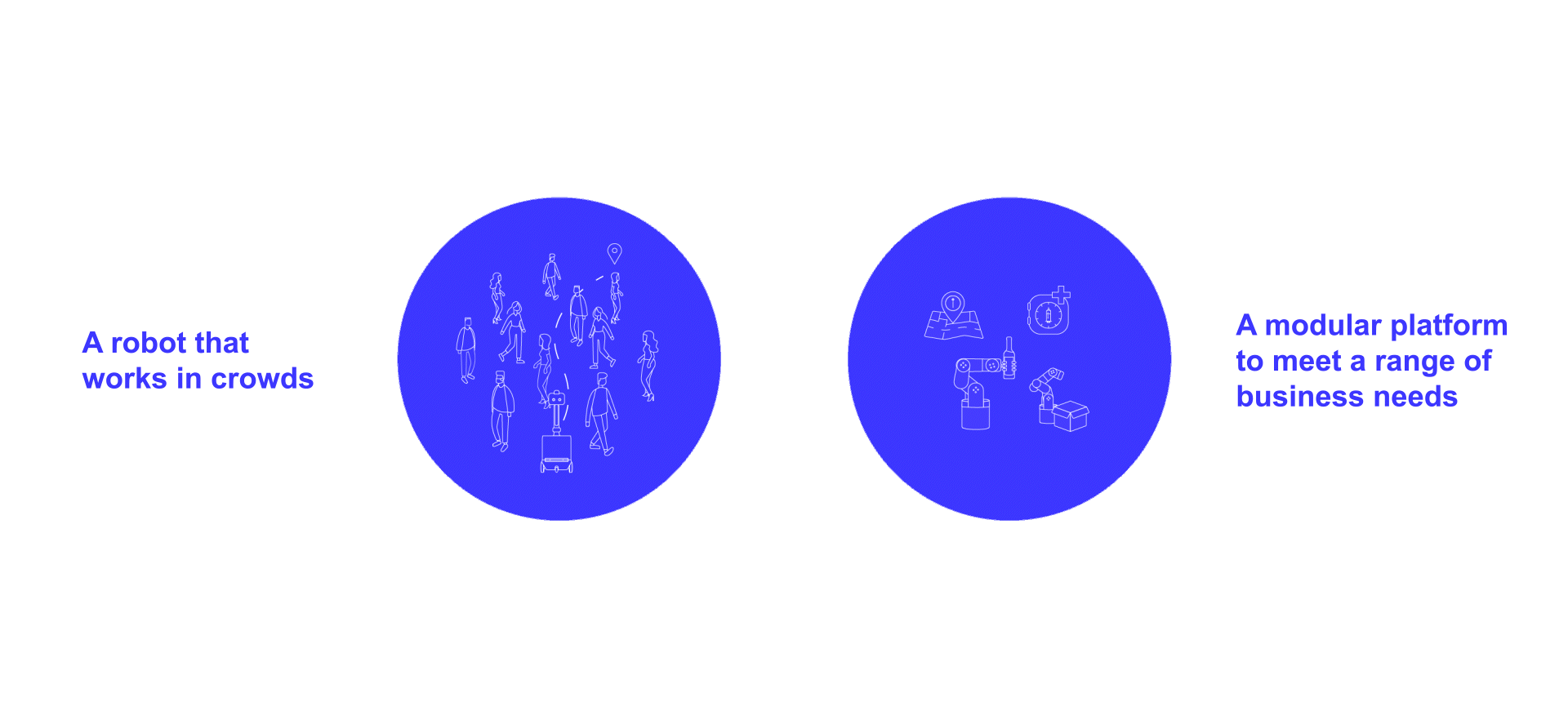A revolutionary robotic platform named Turing is reshaping the landscape of human-robot interaction by incorporating emotional design principles. Traditionally, robots have faced challenges navigating complex human environments, limiting their applications to controlled spaces within industries like logistics and manufacturing. Turing, however, represents a paradigm shift in robotic technology, aiming to break down barriers and become an integral part of our daily lives.
Developed by a team of interdisciplinary experts (including designers, engineers, and researchers), Turing focuses on enabling robots to function in intricate human settings while fostering collaboration between humans and machines. The key innovation lies in its emotional design, discovered during early User Experience (UX) testing.

The team found that mimicking human emotions effectively communicated the robot’s movements and intentions. Using journey mapping, they crafted a personality and behavior that users could relate to, drawing inspiration from well-known characters in animation and film. This adaptability allows Turing to modify its behavior based on specific contexts, ensuring it seamlessly integrates into diverse settings.

Turing’s collaborative nature is evident in its ability to navigate crowded environments using non-verbal communication methods such as body language, gestures, and emotional cues. This intuitive communication is significantly faster than speech, facilitating sub-second reaction times crucial for avoiding collisions in crowded areas. Furthermore, Turing’s modular design makes it versatile, adaptable to various industries, and customizable to address diverse business needs.
In retail, Turing enhances the shopping experience by assisting shoppers, providing information, guiding them through stores, and even carrying shopping bags. In the service industry, particularly in bars and restaurants facing staffing challenges, Turing efficiently takes orders and delivers food and drinks, offering a seamless and memorable customer experience.
In medical environments, Turing reduces the burden on healthcare professionals by performing repetitive tasks like dispensing medication in low-risk hospital wards, allowing staff to focus on patient care.


The acceptance of robots like Turing in healthcare settings may take time as trust in the accuracy of tasks performed needs to be built — Nevertheless, Turing represents an innovative development in robotics, pushing the boundaries of human-robot interaction and addressing limitations that have confined robots to specific industries.
With its emotional design and adaptable nature, Turing holds the promise of bringing robots into everyday life as social, collaborative, and empathetic companions.
Filed in . Read more about Robotics.